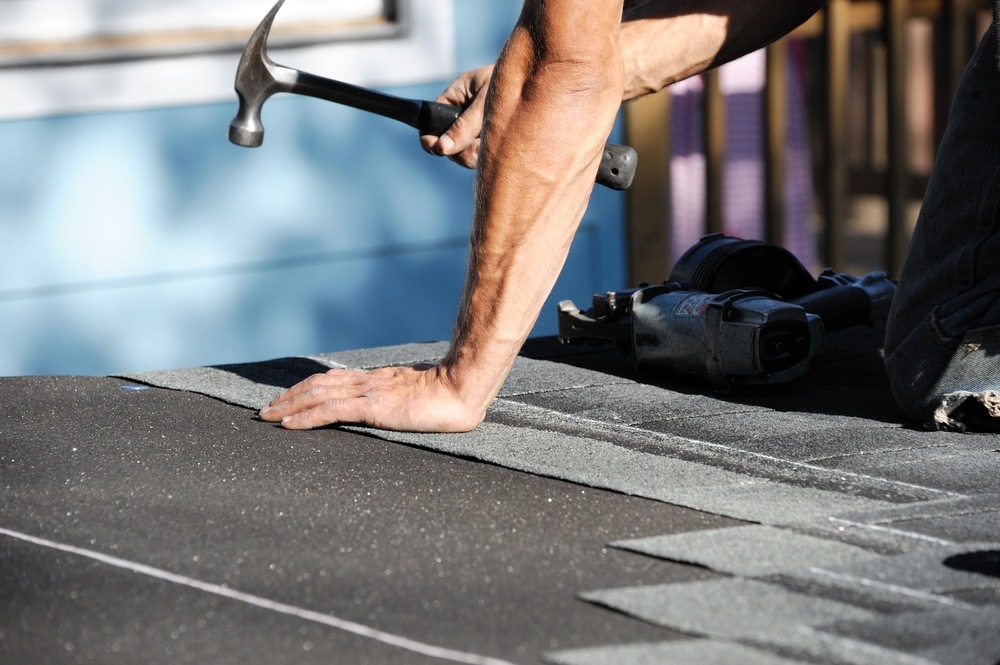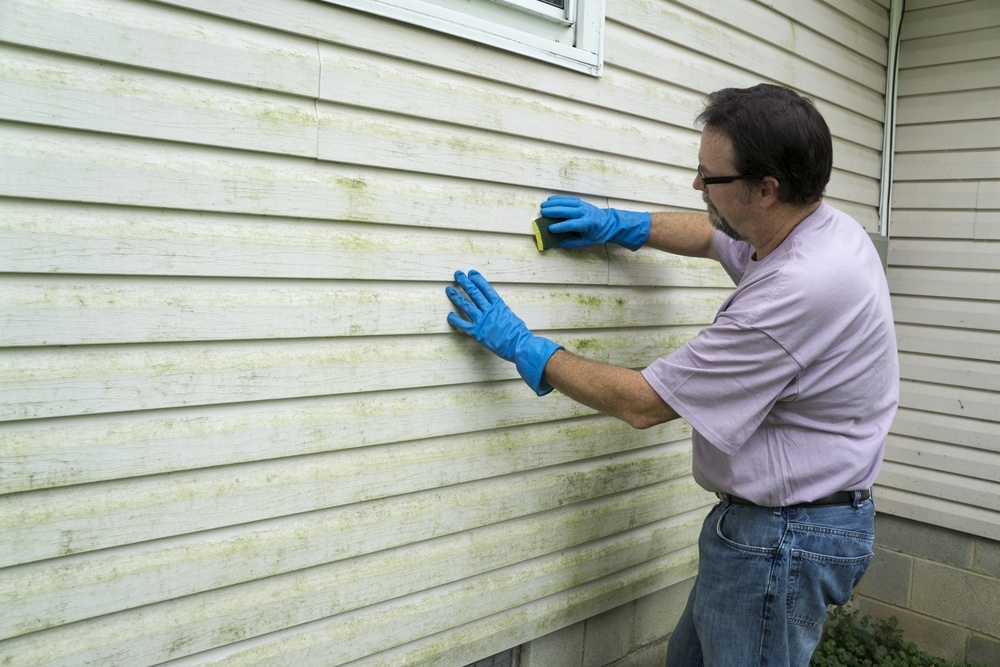 No homeowner likes the prospect of having to deal with a home repair. They’re often unexpected and have a tendency to come up at the least convenient possible times, so it’s completely understandable that many people would want to put off dealing with them if possible. While some problems are relatively minor and are absolutely fine to delay for a more convenient time, other problems should never be ignored.
No homeowner likes the prospect of having to deal with a home repair. They’re often unexpected and have a tendency to come up at the least convenient possible times, so it’s completely understandable that many people would want to put off dealing with them if possible. While some problems are relatively minor and are absolutely fine to delay for a more convenient time, other problems should never be ignored.
If you’re dealing with any of the following problems, don’t wait. Ignoring them can allow them to grow out of control, become much more expensive, and even put your own personal safety at risk.
Roof Problems
It’s so easy for a small roof problem to turn into a much bigger and more expensive problem if it isn’t dealt with right away. A missing shingle can let water in and damage the structure underneath and a small leak can quickly grow and cause lots of water damage in the house. Ignoring a problem with your roof might not be the sort of thing you can afford to ignore.
Foundation Issues
When you go to sell your home, no problem will make a potential homebuyer walk away from your home faster than foundation problems. Even if you aren’t planning to sell your home anytime soon, foundation problems can spell big trouble. Cracks in your ceiling or walls, especially ones that are more than a quarter of an inch wide or seem to be growing, can be a sign of foundation problems. Don’t forget to go outside to check for buckling, pitting, or gaps near the foundation. Foundation repairs can be a major headache, but since foundation problems can have an impact on your home’s structural integrity, you don’t want to put them off.
Mold
Mold can commonly form in rooms like bathrooms and kitchens where there’s a lot of heat and moisture in the air, but it’s still not a problem you want to let get out of hand. Mold in any room of the house can lead to breathing problems, other health issues, and, if left alone, can damage the walls, ceilings, and floors of your home.
Plumbing and Electrical Problems
Two things you really don’t want to play games with are your home’s plumbing and electrical systems. A plumbing problem can potentially cause thousands of dollars of water damage and problems with your electrical system might start a fire. Since these systems are mostly hidden behind the walls of your home, it can be easy to miss small problems with them, but problems can show themselves in many ways. For your plumbing system, be sure to keep an eye out for things like dripping faucets, low water pressure, and unusually high water bills. If you notice things like flickering or dimming lights, definitely call an electrician as soon as possible.
Windows
Since windows provide a barrier between your home and outside elements, it’s not wise to wait to deal with things like drafty windows, broken window panes, or windows that stick. Windows with broken panes or windows that are drafty in other ways can make your home very uncomfortable and drive up your energy bills. If it’s been a long time since your home had new windows, you might want to consider getting vinyl replacement windows. Windows can stick for many reasons and can be annoying, but remember that windows can offer an escape route in the event of an emergency, so it’s best to try to figure out what’s causing your windows to stick. If a window has been painted shut, that’s a relatively easy thing to fix.
Pest Infestations
The only residents of your home should be human, plus any pets you choose to have. Mice, rats, and other unwelcome critters can cause damage to your home and can carry germs that could make you sick. Termites in particular can cause a lot of damage to your home’s structure. If you see any signs of a pest infestation, don’t wait to take care of it yourself or call the exterminator. The last thing you want is for your unwelcome visitors to breed and cause even more problems in your home.









